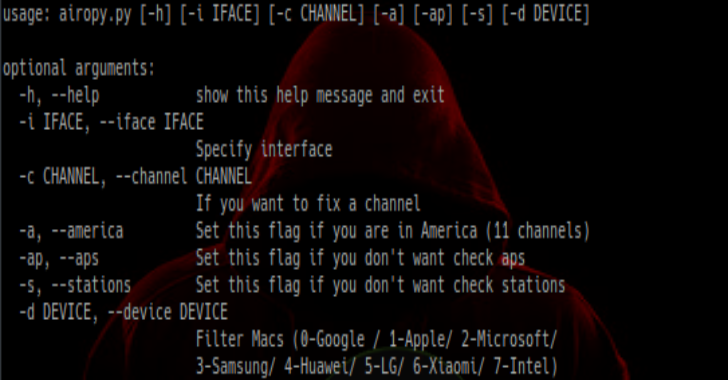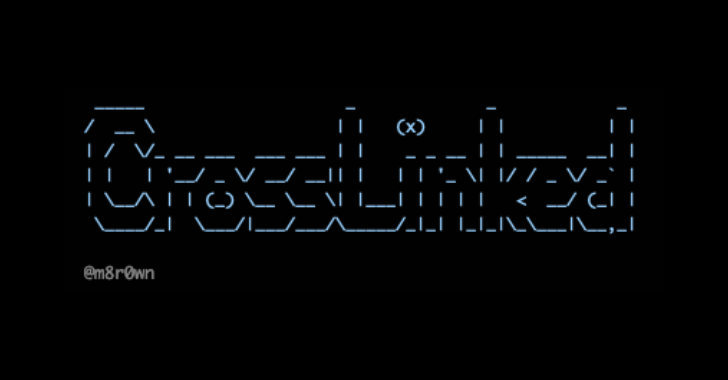B2R2 is a collection of useful algorithms, functions, and tools for binary analysis written purely in F# (in .NET lingo, it is purely managed code).
It has been named after R2-D2, a famous fictional robot appeared in the Star Wars. In fact, B2R2’s original name was B2-R2, but we decided to use the name B2R2 instead, because .NET does not allow dash (-) characters in identifiers (or namespaces).
The name essentially represents “binary” or “two”: “binary” itself means “two” states anyways. “B” and “2” mean “binary”, and “R” indicates reversing.
What is B2R2 ?
- It is analysis-friendly: it is written in F#, which provides all the syntactic goodies for writing program analyzers, such as pattern matching, algebraic data types, and etc.
- It is fast: it has a fast and efficient front-end engine for binary analysis, which is written purely in a functional way. Therefore, it naturally supports pure parallelism for binary disassembling, lifting and IR optimization.
- It is easy to play with: there is absolutely no dependency hell for B2R2 because it is a fully-managed library. All you need to do is to install .NET Core SDK, and you are ready to go! Native IntelliSense support is another plus!
- It is OS-Independent: it works on Linux, Mac, Windows, and etc. as long as .NET core supports it.
- It is interoperable: it is not bound to a specific language. Theoretically, you can use B2R2 APIs with any CLI supported languages.
Also Read – GiveMeSecrets : Use Regular Expressions To Get Sensitive Information
- Currently, our focus is on the front-end of binary analysis, which includes binary parser, lifter, and optimizer.
- B2R2 natively supports parallel lifting, which is a new technique we introduced in 2019 NDSS Bar.
- We also have our own back-end tools such as symbolic executor, but we are not planning to open-source them yet.
- Nevertheless, B2R2 includes several useful middle-end or back-end features such as ROP chain compilation, CFG building, and automatic graph drawing, and etc.
- B2R2 also comes with a simple command-line utility that we call
BinExplorer, which can help explore such features using a simple command line interface.
B2R2 relies on a tiny set of external .NET libraries, and our design principle is to use a minimum number of libraries. Below is a list of libraries that we leverage.
- System.Reflection.Metadata
- Microsoft.FSharpLu.Json
- FParsec
Example
Let’s try to use B2R2 APIs.
- First we create an empty directory
DIRNAME:
mkdir DIRNAME
- We then create an empty console project with
dotnetcommand line:
$ dotnet new console -lang F#
- Add our nuget package B2R2.FrontEnd to the project:
$ dotnet add package B2R2.FrontEnd
- Modify the
Program.fsfile with your favorite editor as follows:
open B2R2
open B2R2.FrontEnd
[<EntryPoint>]
let main argv =
let isa = ISA.OfString “amd64”
let bytes = [| 0x65uy; 0xffuy; 0x15uy; 0x10uy; 0x00uy; 0x00uy; 0x00uy |]
let handler = BinHandler.Init (isa, bytes)
let ins = BinHandler.ParseInstr handler 0UL
ins.Translate handler.TranslationContext |> printfn “%A”
0
- We then just run it by typing:
dotnet run. You will be able see lifted IR statements from your console. That’s it! You just lifted an Intel instruction with only few lines of F# code!
Building B2R2 is fun and easy. All you need to do is to install .NET Core SDK 3.0 or above. Yea, that’s it!
- To build B2R2 in release mode, type
make releaseordotnet build -c Releasein the source root. - To build B2R2 in debug mode, type
make, ordotnet buildin the source root.
For your information, please visit the official web site of F# to get more tips about installing the development environment for F#:
There are many other great tools available, but we wanted to build a functional-first binary analysis platform that is painless to install and runs on any platform without any hassle.
B2R2 is in its infancy stage, but we believe it provides a rich set of library functions for binary analysis.
It also has a strong front-end that is easily adaptable and extendible! Currently it reliably supports x86 and x86-64, meaning that we have heavily tested them; and it partially supports ARMv7 (and Thumb), ARMv8, MIPS32, and MIPS64, meaning that they work, but we haven’t tested them thorougly yet.
Below is a list of features that we plan to add in the future: the list is totally incomplete. Some of them are work in progress, but we look forward your contributions!
- Implement CFG recovery algorithms.
- Implement assembler for currently supported ISAs using a parser combinator.
- Support for floating point operations.
- Support for more architectures such as PPC.
Credits: Members in SoftSec Lab

















